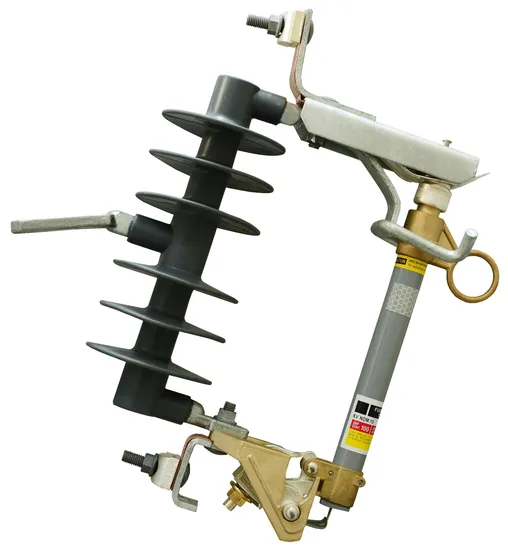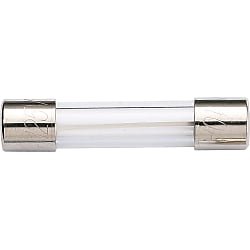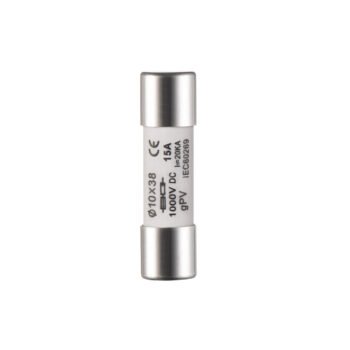Description
A transmission line fuse, also known as a fuse cutout, is a safety device used in electrical power distribution systems to protect circuits from damage due to overcurrents, like short circuits or overloads. It functions by melting a fusible link when the current exceeds a predetermined level, thereby interrupting the circuit and preventing further damage. These fuses are crucial for maintaining the reliability and safety of the power grid.
Key Features:
Function:
Fuses are overcurrent protection devices (OCPDs) that protect electrical circuits from damage caused by excessive current.
They are designed to melt and break the circuit when the current exceeds the fuse’s rating, preventing fires, equipment failure, and potential electric shock hazards.
Line fuses are specifically used on distribution lines to isolate problems on tapped lines without affecting the entire circuit.
Components and Operation:
A fuse typically contains a fusible link (a thin metal wire or strip) with a low melting point.
This link is placed in series with the circuit and melts when the current flowing through it generates enough heat (due to the Joule effect).
The melting of the fusible link breaks the circuit, interrupting the flow of current.
Once a fuse blows, it needs to be replaced with a new one to restore the circuit.
Types of Fuses in Distribution Systems:
Line Fuses/Cutouts:
These are commonly used on distribution lines, often at tap points, to isolate faults on those specific lines.
Drop-out Fuse Cutouts:
These are a specific type of fuse cutout that automatically drops the fuse holder when the fuse blows, providing visual indication of a fault and helping to clear the fault quickly.
Expulsion Fuses:
These fuses use the arc generated during the melting process to expel the fuse element and quench the arc, further enhancing protection according to Made-in-China.com.
Importance:
Fuses are essential for maintaining the reliability and safety of electrical power systems.
By quickly interrupting faulty circuits, they prevent damage to equipment and reduce the risk of electrical hazards.
They allow for localized isolation of faults, minimizing the impact on other parts of the distribution network.







Reviews
There are no reviews yet.